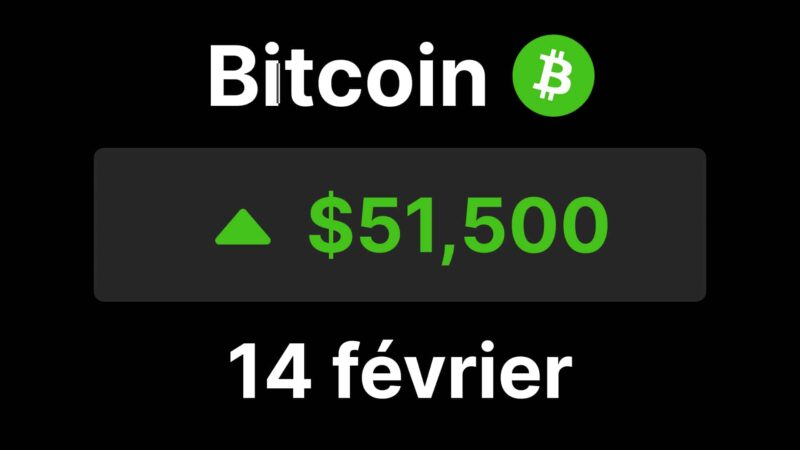The executive order signed by Donald Trump marks a major turning point for the crypto industry, potentially challenging Bitcoin’s four-year cycle due to increased institutional adoption.
Unprecedented Boost for the Crypto Industry
We expect the price of Bitcoin to double this year and exceed $200,000, driven by flows into ETFs and purchases of Bitcoin by companies and governments. This forecast could prove to be conservative.
The executive order signed by Donald Trump last week could be a game-changer for the cryptocurrency market, questioning Bitcoin’s historical four-year cycle. Matt Hougan, CIO of Bitwise, believes that this presidential initiative, which includes exploring a strategic reserve of digital assets, is an event of unprecedented magnitude for the sector.
Until now, Bitcoin and the crypto market have followed a recurring pattern: three years of growth followed by a massive decline of up to 70%. But according to Hougan, recent developments – including the launch of Bitcoin ETFs and the growing interest of companies and governments – could precipitate a transition to a more stable and less volatile dynamic.
Towards Widespread Institutional Adoption
Trump’s executive order is not just a political statement. It formalizes the United States’ intention to make digital assets a national priority and paves the way for a clear regulatory framework. This approach could accelerate the adoption of Bitcoin by financial institutions, with banks offering digital asset custody alongside gold and traditional currencies.
Hougan points out that the introduction of Bitcoin ETFs in January 2024 already led to a massive influx of capital, driving the price of BTC from $22,000 to over $100,000 in less than 2 years. But he believes that the impact of the executive order goes far beyond this advancement. If the integration of cryptocurrencies into the banking system and global payments is confirmed, the influx of capital could amount to trillions of dollars, according to Hougan.
A Changing Crypto Cycle?
Historically, Bitcoin follows a four-year cycle, partly correlated to its halvings. This pattern has been reinforced by significant events such as the collapse of Mt. Gox in 2014 or the SEC crackdown on ICOs in 2018. However, Hougan observes that recent developments could gradually attenuate this model.
Bitcoin cycles are largely based on investor psychology and speculation. However, the proliferation of ETFs, the arrival of institutional players, and the consolidation of regulations could reduce periods of sharp corrections. If a 70% drop could be expected in 2026 according to traditional patterns, Hougan believes that this time, the market may experience shorter and less pronounced declines.
An Uncertain but Resolutely Bullish Future
One of the major uncertainties is the timeline. Hougan admits that the real impact of the executive order will take time to materialize. While financial institutions begin to structure their offerings around cryptocurrencies today, their massive adoption will likely only be visible from 2026 onwards.
In this context, the question arises: will the crypto market experience a new winter like in 2018 or 2022? For Hougan, the answer is becoming less obvious. He wonders: when BlackRock CEO Larry Fink talks about a $700,000 Bitcoin, can we really imagine a 70% correction next year?
The Crypto Train Has Left the Station
While the end of the four-year cycle is not yet fully confirmed, signs of profound change are multiplying. The increase in derivatives products, the rise of Bitcoin-backed credit, and the diversification of investors indicate market maturation.
“For now, it’s full speed ahead. The crypto train has left the station,” concludes Hougan. Only time will tell if the current momentum marks the dawn of a new paradigm for Bitcoin and the digital asset market.




